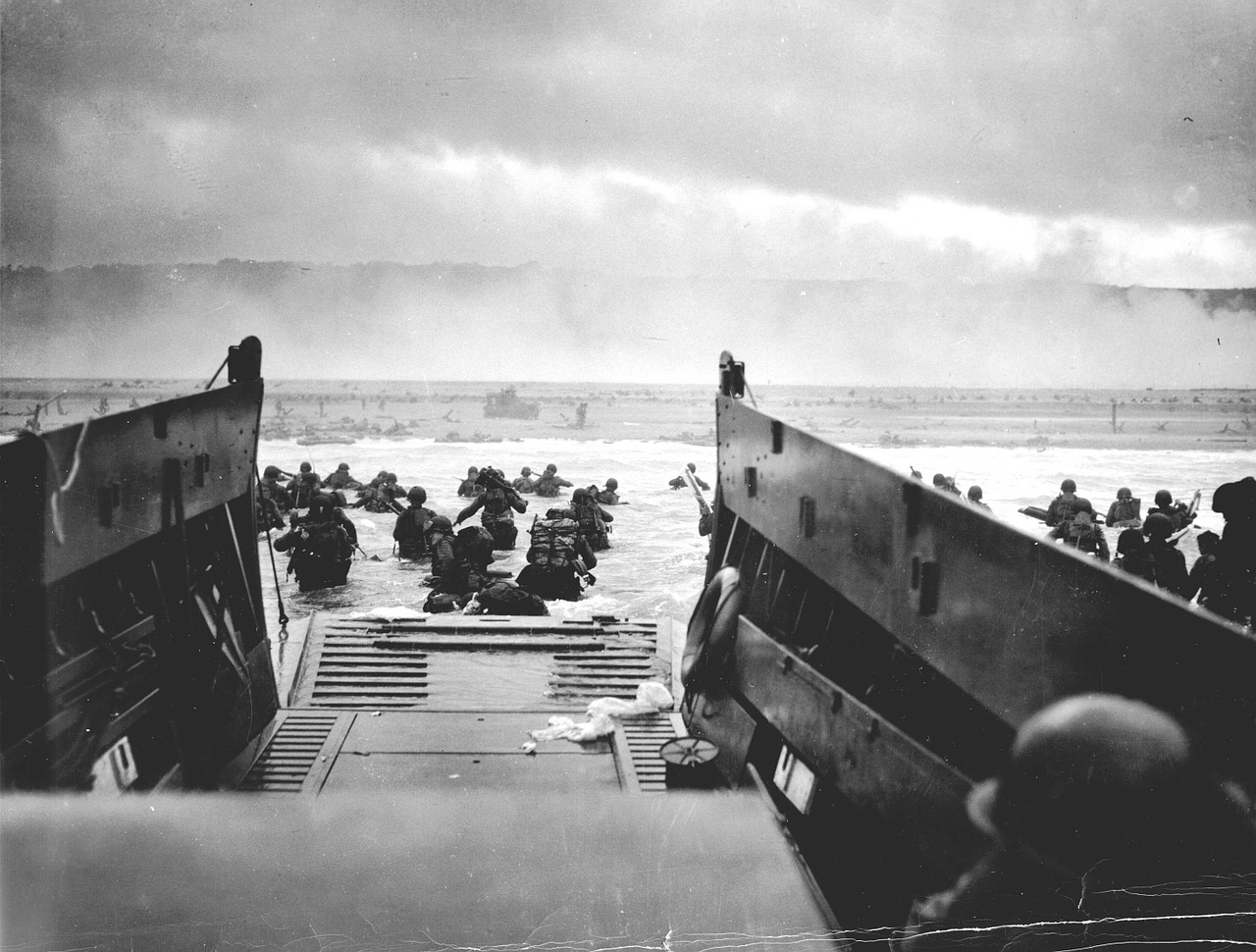Like many other nineteenth-century wars, the Spanish-American War was driven by a struggle for colonies that the Western powers considered their rightful possession. The Spanish were among the best navigators of the fifteenth and early seventeenth centuries, enabling them to create a vast colonial empire. However, they had rivals, first Portugal and then England and the United States. Madrid was gradually losing control of the conquered territories, and at the end of the 19th century the struggle for one of the main jewels of the Spanish empire, Cuba, broke out.
The Spanish failed to create a solid system of overseas administration, which would combine loyalty to local inhabitants and respect for natural resources. Madrid’s overly brutal exploitation of its possessions led to the gradual collapse of the Spanish colonial system. The first serious blow to Spanish rule on the other side of the Atlantic was the War of Independence that broke out in Latin America in the early 19th century. Although the Latin American freedom fighters had their reasons for overthrowing Spanish rule (Spanish domination, exploitation of peasants, poverty, etc.), it was also behind these events that England supported the rebels and later imposed no less harsh rules.
In America, meanwhile, industry was booming and required a steady infusion of new raw materials and financial resources. Huge enterprises and land holdings sprang up. Native American resistance had already been crushed, and all land on the North American continent had become white property. Americans were very interested in the Caribbean islands, including Cuba, for a variety of reasons:
- Naval bases could be established here to guarantee the security of the U.S. Atlantic coast and maritime trade;
- Cuba covered the North American isthmus and could be a good defense for the future Panama Canal;
- In the public mind and in the speeches of populist politicians, incorporating Cuba and other nearby islands into the United States seemed a natural and logical act. The struggle for territories in the Western Hemisphere of at least minimal interest to Washington was directly derived from the Monroe Doctrine.
Of course, the island was a coveted piece for the United States, and the Cubans were opposed to Spanish rule. Back in the 1860s, the locals managed to establish republican rule for a while, but then the Spaniards still managed to bring the rebellious island to obedience. But resistance continued, with partisan warfare against the Spanish crown going on in Cuba since 1895. The Spanish moved a large military contingent to Cuba (about 150 thousand people), but the soldiers could not cope. American volunteers also came to the island to support the rebels. More and more voices were heard in the United States calling on the government to intervene in the situation in Cuba, which happened in the late winter of 1898.
